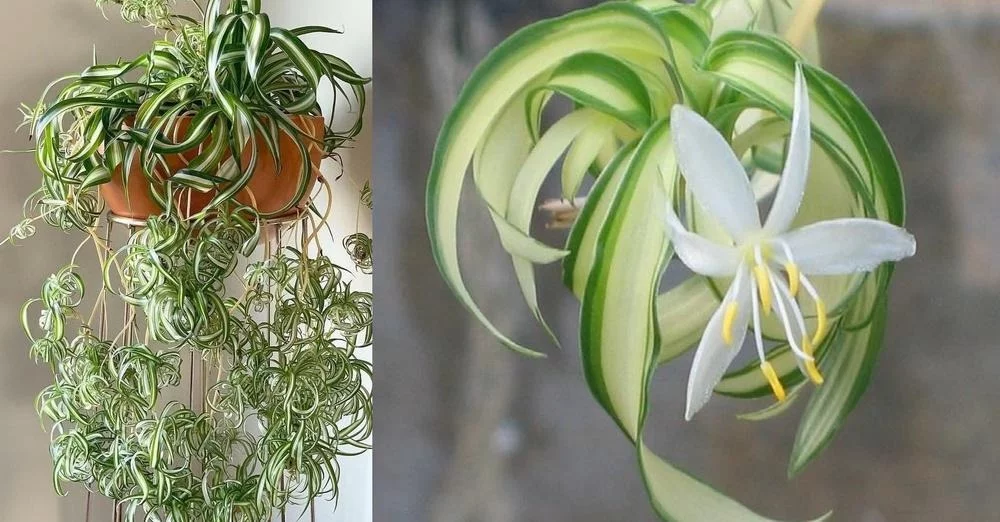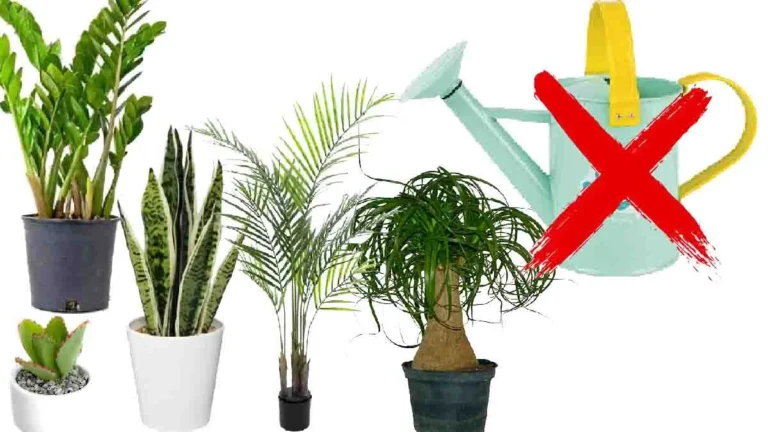How to Make Your Spider Plant Bloom Quickly and Perfume Your Whole House
Introduction
Indoor plants not only add beauty to our home, but they also improve air quality and create a more relaxing environment. In this article, we will explore how to quickly bloom the spider plant to enjoy its lush foliage and pleasant fragrance in your home.
What is a spider plant
The spider plant, scientifically known as Chlorophytum comosum, is a popular perennial in indoor environments due to its ease of care and its ability to adapt to variable conditions. This plant is characterized by its long, thin, arching leaves, which grow in clusters from the center of the plant, forming a waterfall-like appearance.
It is prized for its ability to purify air and its resistance to typical indoor conditions, making it an ideal choice for beginners and plant lovers alike.
Key Factors for Spider Plant Care
1. Light and location
The spider plant prefers bright indirect light. Place it near a window that receives filtered light or in a well-lit location but away from direct sunlight. Too much sunlight can burn the plant’s sensitive leaves, while too little light can make its growth weak and unhealthy.
2. Proper irrigation
It is crucial to keep the soil slightly moist but not soggy. Water it when the top layer of the substrate is dry to the touch, usually every week or two, depending on ambient temperature and humidity. Avoid excessive watering, as it can cause root rot.
3. Temperature and humidity
The spider plant prefers moderate temperatures between 18°C and 24°C. Avoid exposing it to direct cold or hot air currents. Also be sure to maintain ambient humidity, especially in winter when indoors can become dry due to heating.
4. Fertilization
Fertilize the spider plant once a month during the spring and summer with a diluted balanced fertilizer. During the fall and winter, reduce the fertilization frequency to every two months. Balanced liquid fertilizers work well for this plant.
5. Pruning and maintenance
Regularly remove wilted or yellowed leaves to encourage healthy new growth. Cut back any flowering stems to promote branching and maintain a compact, tidy appearance.
6. Prevention of pests and diseases
The spider plant is susceptible to pests such as mites and mealybugs. Regularly inspect the plant and treat any infestations early with natural methods such as diluted insecticidal soap or horticultural oils.
7. Replanting
Repot the spider plant every two to three years in spring. Use a slightly larger pot and a new quality substrate to provide space for the plant’s continued growth.
Tips to stimulate flowering and aroma
To promote quick flowering and sweet scent of spider plant, you can try placing it in a slightly warmer location during the flowering season and providing constant humidity. Water sparingly and make sure it gets enough diffused light.
To improve the aroma, you can place a few drops of lavender or jasmine essential oil in the substrate during watering. This will add a lovely aromatic touch to your interior space.
Personal experiences and recommendations
For years, I have enjoyed growing my spider plant in a sunny corner of my living room. I have learned that consistency in care is key to keeping it healthy and flourishing. Additionally, sharing this passion with friends and family has been a rewarding experience, as many have started growing their own spider plants after seeing mine.
For those new to plant care, I recommend starting with a spider plant due to its hardy and rewarding nature. It’s a great way to introduce green into your daily life.
Conclusion
Making your home bloom and scent with a spider plant is a rewarding and accessible experience for everyone. With the care






